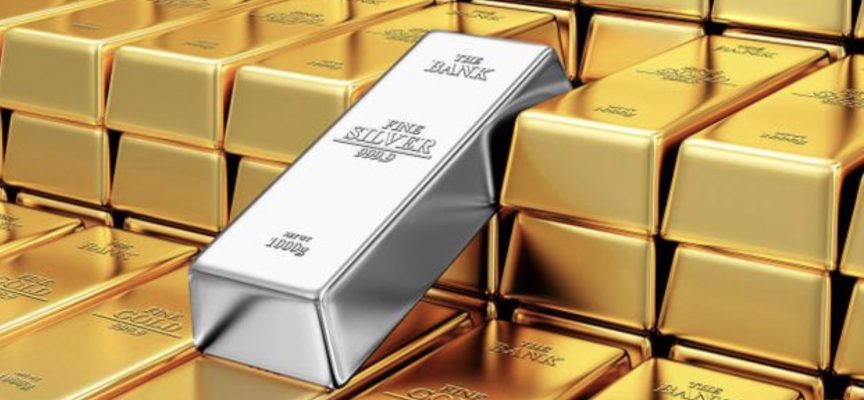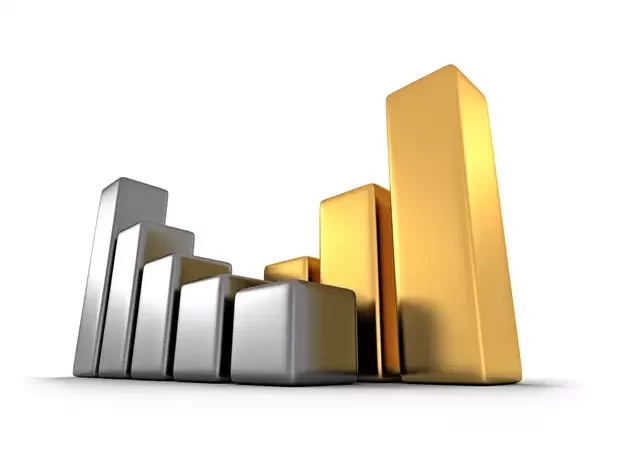Intramarket Spreads & Intermarket Spreads Are Two Types Of Spreads.
Intramarket spread, also known as the calendar spread, are when a trader open a long and short position inside one contract month & subsequently opens the opposite position in the same future market in a different contract month. Due to the popularity of these wide trade and their contribution to future rollover activity, the CME Direct platform now offers dedicated calendar spread markets, which allow spread execution without legging risk.
Intermarket spreads are made up of two different but connected futures market with the leg maturing at the same time. Legging risk may exist in intermarket spread strategies, although it can be avoided by using specialized intermarket spread contracts when they are available, or by picking liquid underlying contract for each leg and using auto-spreading capabilities provided by some software vendor trade screens.
Spread Trading’s Advantages

Because the legs are usually in related market at the same exchange, spread trading has lower volatility & lower margin needs.
Spreads, unlike outright futures, which can have large price fluctuations, can show extended trending price changes, making it easier for dealers to see patterns and have a directional view or apply a technical trading approach.
Precious Metals Spread Trading
Gold, silver, platinum, and palladium are all part of the precious metals complex, which provides market opportunities to a worldwide market through a range of products such as futures. These markets offer not just highly linked commodities, but also distinct price drivers that can lead to a plethora of appealing spread trading opportunities.
While market participants could choose a variety of instruments for trade execution once they’ve determined their preferred strategies, CME Group’s precious metals future markets are highly liquid and deep, allowing for quick and efficient execution of spread techniques with the added benefits of significant margin savings (all trades are cleared through CME Clearing) & reduced legging risk. More crucially, over 90% of these futures contract are traded electronically on CME Globex, enabling players throughout the world quick availability and high trade execution nearly 24 hours a day.
Trade In Gold-Silver Ratio

The Gold-Silver Ratio, and GSR, measures the price of gold in relation to silver and is determined by dividing the price of gold by the value of silver per troy ounce. It shows how much a single scrap of gold is valued in silver. The ratio has increased from 55 to 75 since 2013, peaking at 83.5 in Mar 2016. The GSR has fluctuated between 65.5 and 83.5 in last two years.
While both metals are valuable and may trend in the same direction, gold is regarded as a worldwide currency and is frequently utilized as inflation hedge & a safe-haven asset in time of market volatility. Silver has greater industrial applications than gold, with 50-60% of silver absorbed in industrial end-use against 10% for gold. The price of silver is affected by the economic cycle. In times of economic and geopolitical instability, the gold-silver ratio broadens as gold prices rise by a greater percentage than silver prices. In periods of economic recovery, silver prices outpace gold as industrial demand rises, putting the ratio beneath pressure. The ratio can be considered as a barometer of global macroeconomic health.


